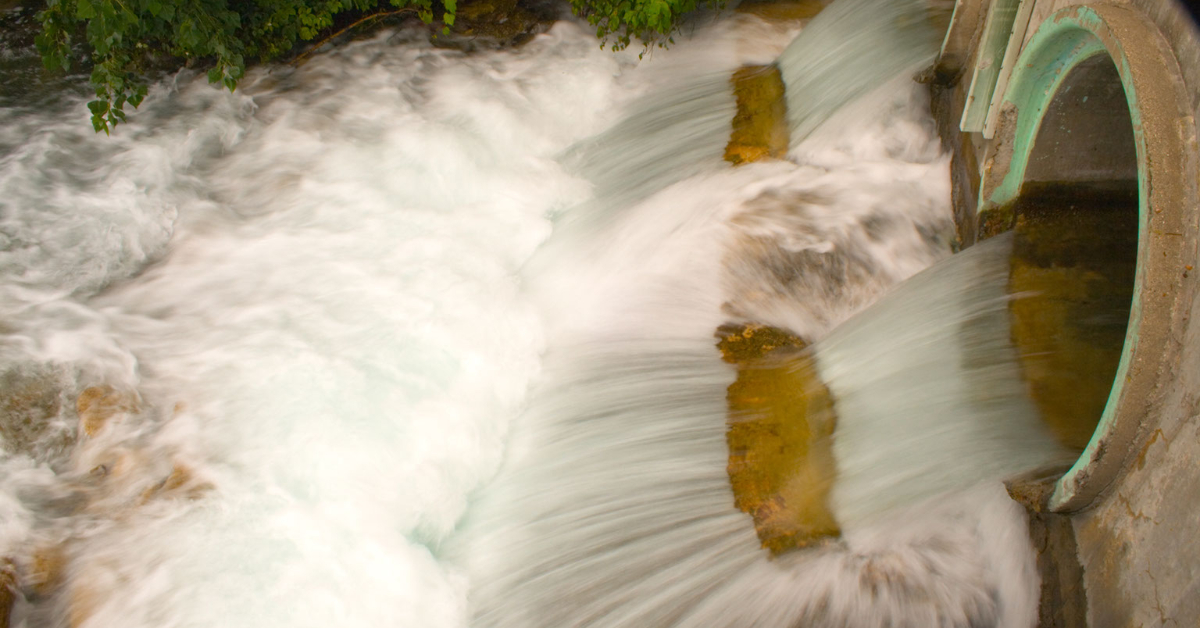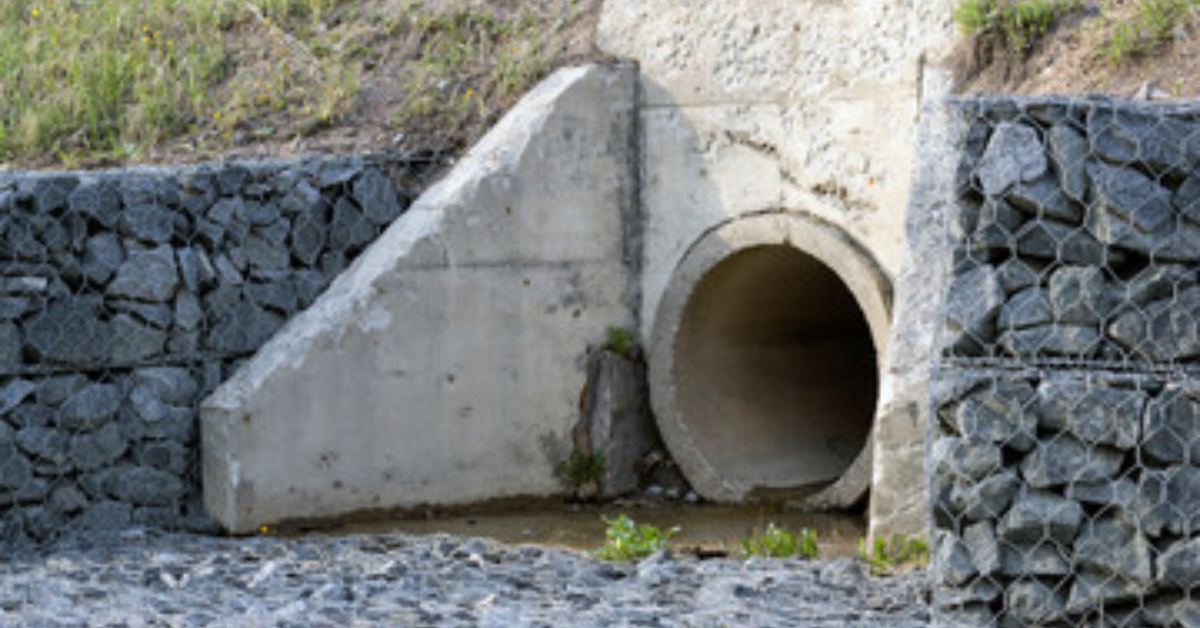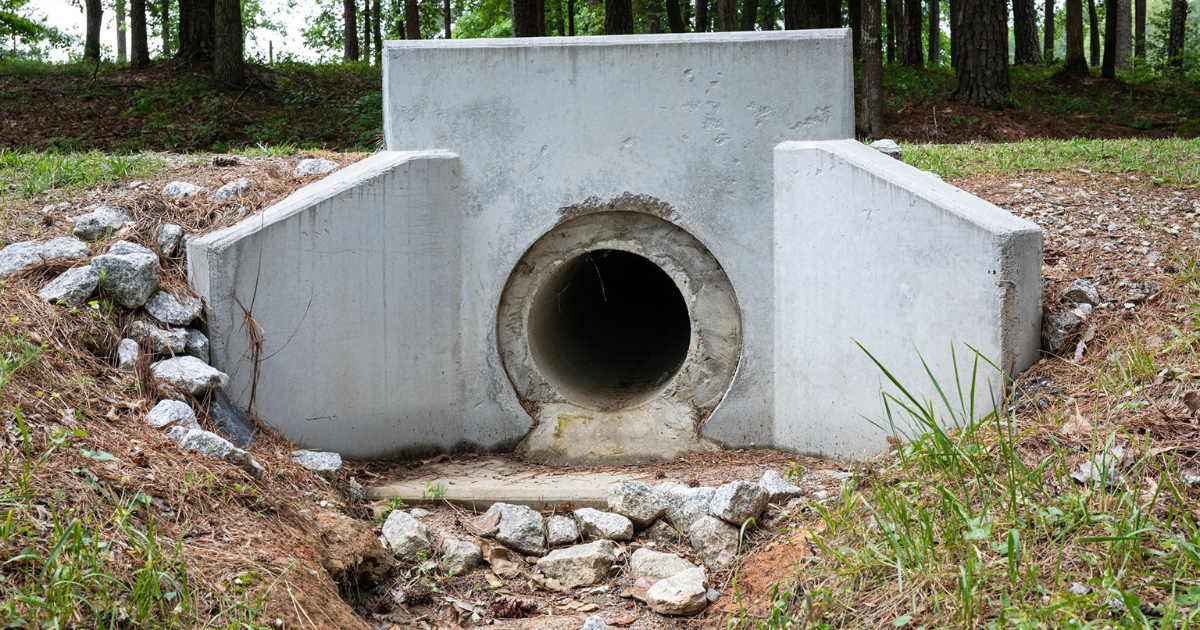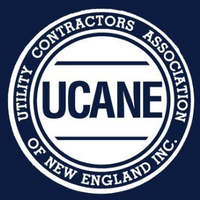
Culverts are so commonplace that they all but blend into the background in most cities and towns across the United States. In essence, they are one of those items that people drive by or walk by on a daily basis, but never give them much consideration, if any at all. That being stated, culverts play an incredibly important role in our daily lives. If they are not working properly it can cause disastrous results. Think about it in the following manner. When a road connects point A to point B it would be great if the landscape between those two points were entirely flat with zero obstructions in between.
However, that rarely happens. In reality, there are a plethora of obstructions in the way including hills, valleys, and waterways such as streams. Although the roadway goes around some of these obstacles, the engineers are forced to work within the confines of the surroundings. In order for roads to work properly, they must include mild curves that automobiles can drive on without loosing control. That means both rock and soil must be excavated from high spots in order to fill in and build up the low spots. However, water naturally flows to those low spots.
Often times water forms in these low spots when it rains or the snow melts during the springtime. That is exactly where the culverts come into play. In essence, they allow water to flow away from those low points as opposed to flooding them. For example, when stormwater and snowmelt runoff cannot get through an embankment, it is going to flow over the top instead. That means the road will flood. Even small floods can be extremely dangerous for drivers. Large floods can cause a significant amount of damage to the road itself and the surrounding areas.
In order to avoid this from occurring, when the low spots are filled in, a large diameter pipe is installed so that the water can flow under the road. The large diameter pipe is called a culvert. It can be constructed with a variety of materials including cast-in-place or precast concrete (reinforced or non-reinforced), galvanized steel, aluminum, or plastic (typically high-density polyethylene). Culverts basically have two jobs. They need to be able to allow water to pass through without flooding our roads, and they need to be able to hold up the weight of the traffic passing over them without collapsing.
In addition, culverts must be cleaned and inspected on a regular basis by a professional environmental company. That way they will not clog, and any repairs that need to be made can be discovered. Clogs and breaks within the pipe are the main factors that cause culverts not to work properly. When that happens, flooding can occur.
If you have any questions about culvert maintenance, or would like to schedule service we are happy to help. Jolin Paving & Excavating, Inc. is your New England connection for a vast variety of environmentally related services. Our company has been serving Boston Massachusetts, Southern NH, VT & ME as well as Northern CT & RI since 1952. We will work with you to plan our work around your production schedule, causing as little disruption as possible so you can continue your production schedule. Please Contact us to learn more today.
continue reading






